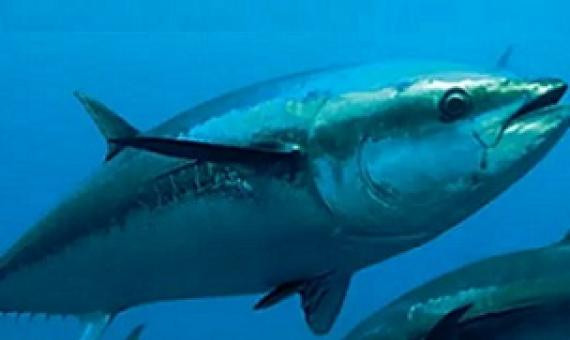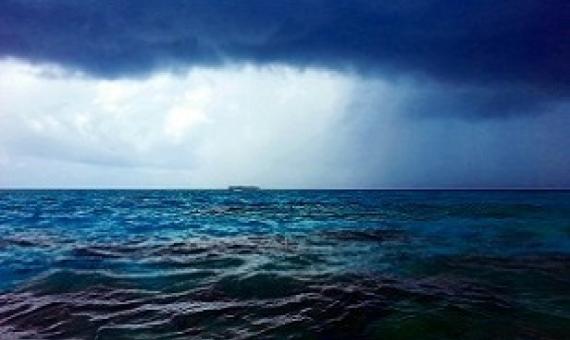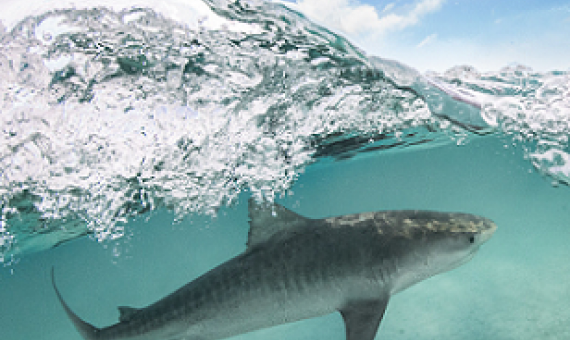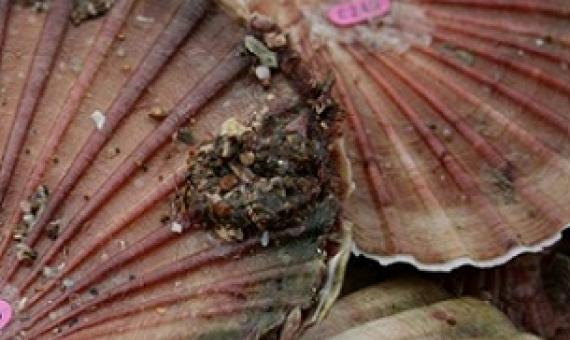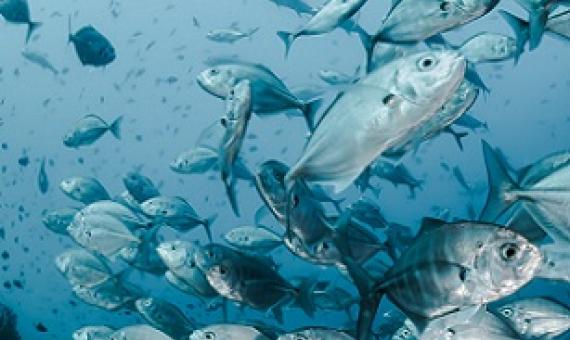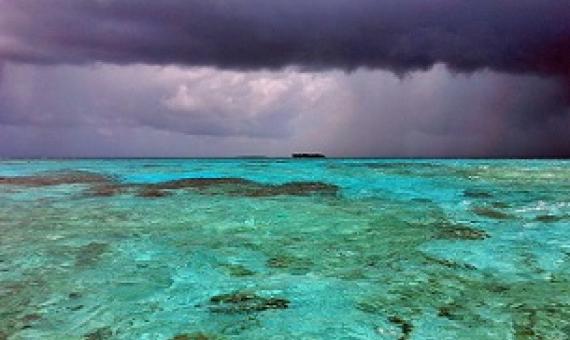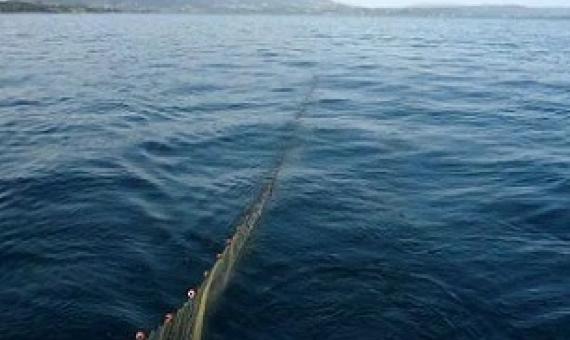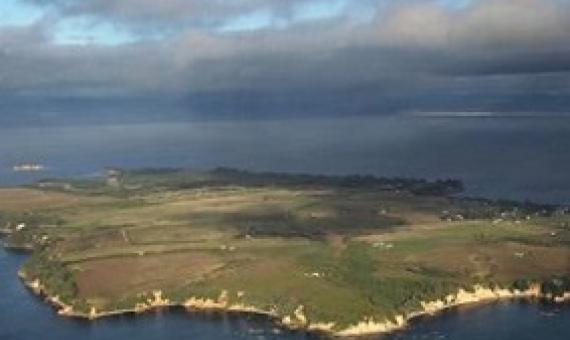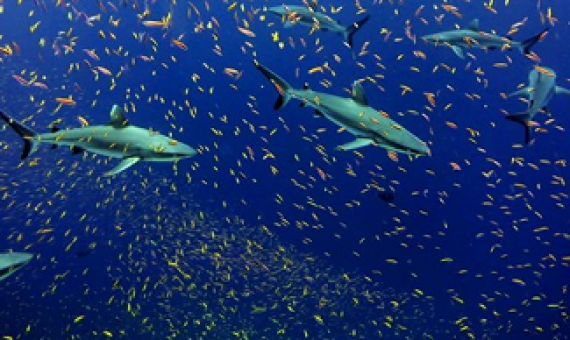A huge marine reserve in the Pacific Ocean has led to the recovery of tuna and other migratory fish around its borders, according to a study. The Papahānaumokuākea Marine National Monument in Hawaii is almost four times the size of California.
A Griffith-led study has developed a model to predict the success of Marine Protected Areas (MPAs) based on historical fishing pressure and environmental conditions like wave exposure and distance to coastal habitats.
Marine protected areas (MPAs) exist all over the world to protect biodiversity. Their protection statuses range from minimally protected “sustainable use” areas to no-take zones, where any form of extractive activity, like fishing or mining, is prohibited.
Coromandel's Eastern Peninsula community is outraged commercial fishing boats, donning pirate flags, are harvesting scallops in a rāhui zone. They were spotted in the area yesterday, which has been under a voluntary rāhui since December to allow scallop beds to recover.
Big fish are harder to find in areas sprawling with human activity, unless you're looking in no-take marine reserves, according to a new study led by marine scientists at The University of Western Australia.
A powerful, long-term study from WCS adds scientific backing for global calls for conserving 30 percent of the world's ocean.
Protecting areas of ocean from destructive human activity could help prevent climate change, protect biodiversity, and at the same time increase the catch of fish, according to the most comprehensive analysis of its kind.
A connectivity portfolio effect stabilizes marine reserve performance
Well-managed and enforced no-take marine reserves generate important larval subsidies to neighboring habitats and thereby contribute to the long-term sustainability of fisheries. However, larval dispersal patterns are variable, which leads to temporal fluctuations in the contribution of a single reserve to the replenishment of local populations. Identifying management strategies that mitigate the uncertainty in larval supply will help ensure the stability of recruitment dynamics and minimize the volatility in fishery catches.
A hapu of six Kaumatua from Motiti Island battled against the Crown, councils and commercial fishing industries to protect their fish and seabeds in a landmark court ruling.
A joint research project by the University of Queensland, James Cook University and University of Tasmania found that existing marine reserves need to be much larger to be effective against the overfishing of sharks species.

